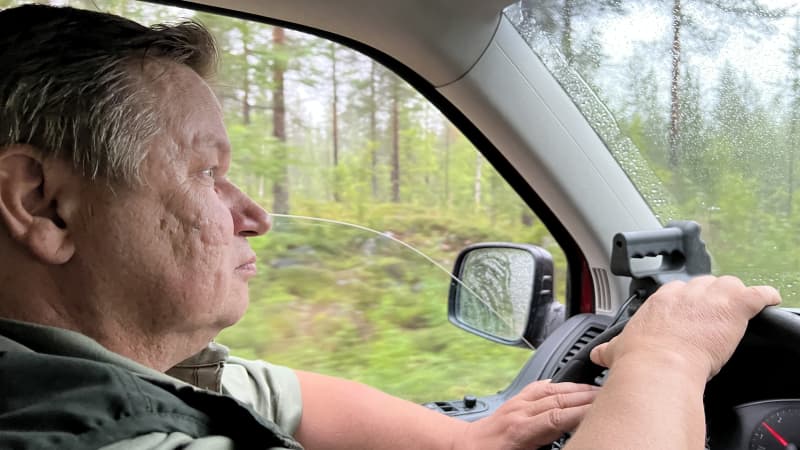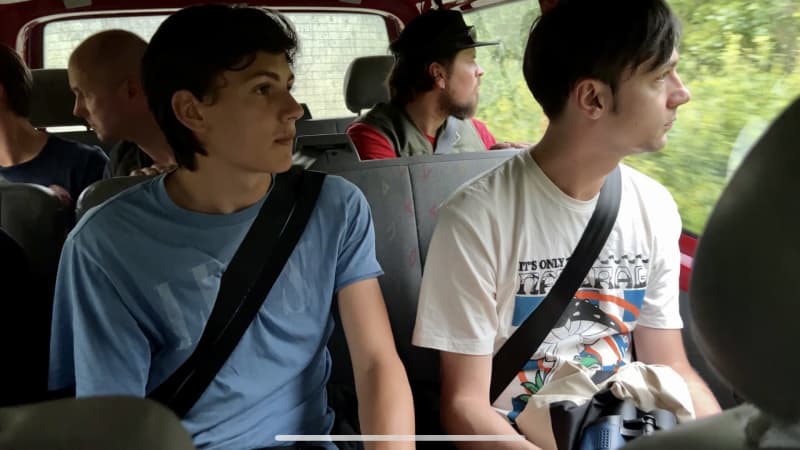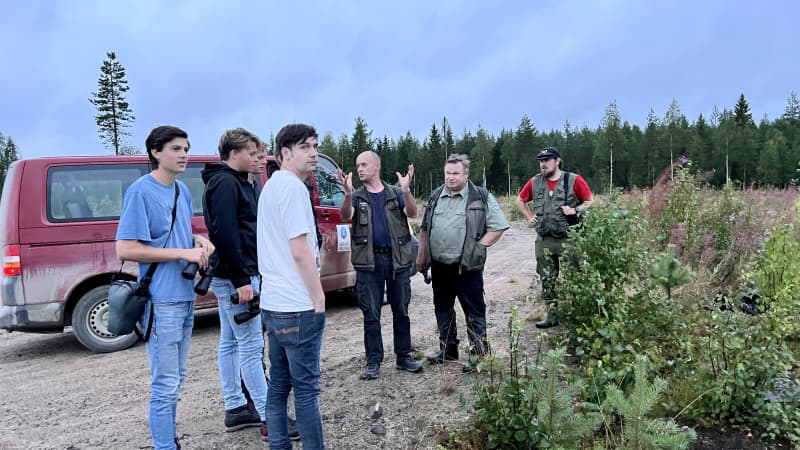A Lapland safari company has made moose hunting a profitable business. Many tourists want to meet Europe’s largest land mammal, but only a few organize tours.
Five young Dutch men stare impassively out of the window of a moving minibus in the middle of the dark Tervola forest. The group has paid hundreds of euros for a late-night excursion to see the king of the Finnish forest, the moose.
But the moose lets himself wait. No one can know for sure where a wild forest animal is hiding right now. Still, the driver is sure that moose will be seen. Tourists have been given a guarantee.
The red minibus travels along Kätkävaara’s forest roads and kinttupaths. We didn’t set off until a little before nine in the evening, because the August dusk is the best time to see hornbills.
You don’t go into the forest on foot, but you move all the time in a car, the sound of which is neutral for elk.
Central Europeans like moose: \”An impressive sight\”
The tourism company Lapland Welcome has been organizing elk bonga safaris for 25 years and most of the locals still don’t know about the service. The safaris are aimed at tourists who want to see Europe’s largest land-dwelling mammal.
In Tervolala, the operation has been profitable: from May to September, tourists flock to the forests almost every day. During the summer, approximately 600 customers have time to visit.
However, it is unique in its kind in Finland, as there are very few similar tourism services available.
Visit Finland informs us that moose hunting trips are quite rare compared to, for example, watching predators.
Safaris need a dense deer population and local knowledge
Nature tourism is currently focused on, among other things, animal viewing and photography trips, fishing and horse-riding hikes, and moose have not emerged as a potential development target. However, it is not considered impossible.
– Is moose such an ordinary forest animal to us that we haven’t thought about its potential? Aittokoski is thinking.
In addition, the idea that someone dares to promise to see a wild animal without any kind of lure is far-fetched even for most Finns.

Brother Moilanen says that you have to know the terrain very well in order to know where the moose move. Moilanen himself was born in the Kätkävaara area and moved in the area’s forests all his life.
The deer population must also be sufficiently dense. According to Moilanen, the Pisavaara nature park close to Kätkävaara, which is closed to humans, makes the area attractive to deer.
The movements of moose are well known and therefore tourists can be given some kind of guarantee: half of the money will be returned if no moose is seen. This summer, I have managed to drive 70 trips already, and only two times the promise was not fulfilled.
The dark forest of Kätkävaara does not disappoint
Let’s go back to Kätkävaara’s fists and minibus. The riders have been staring at the sides of the roads and the edges of the fields for a couple of hours already. It’s starting to look like the moose are going to stay hidden on a rainy and windy night.

Everyone is quiet when the car is moving and the windows are open. Deer don’t get scared by the sound of a car, but they do get scared by the sounds of people. Then suddenly there is a snap of fingers; prearranged sign if someone sees a horned head.
A young male moose is loitering in the forest just a few tens of meters away. However, no one even has time to raise their camera, because the moment is over in a couple of seconds.
Still, the seconds are worth all the effort and money for the elated Dutch five.
Night has already fallen and it’s getting close to midnight, but Moilanen, driving the safari car, is sure that another moose is still in sight, and he clicks on the small searchlight. It is intended to detect the deer’s eyes, which shine in the dark when a spotlight hits them.
And surprisingly, it happens. Hitting the edge of a small field, the spotlight first reveals the eyes, then the antlers, and finally everyone has time to see a handsome, big buck.
By midnight the trip is over and the balance of the bongars is two moose, an osprey sitting in its nest, a Lapland owl, two hares and three reindeer. Each of them was an experience for tourists.
_What thoughts did the story evoke? You can participate in the discussion with Yle Tunnus 8.8. until 11 p.m._

